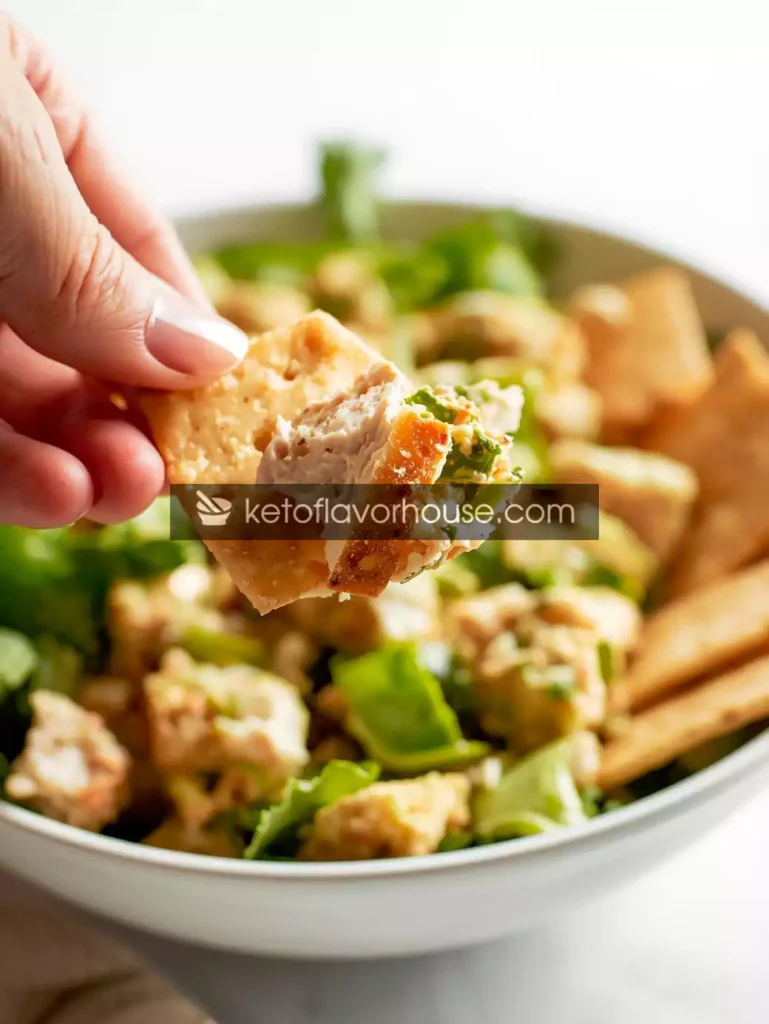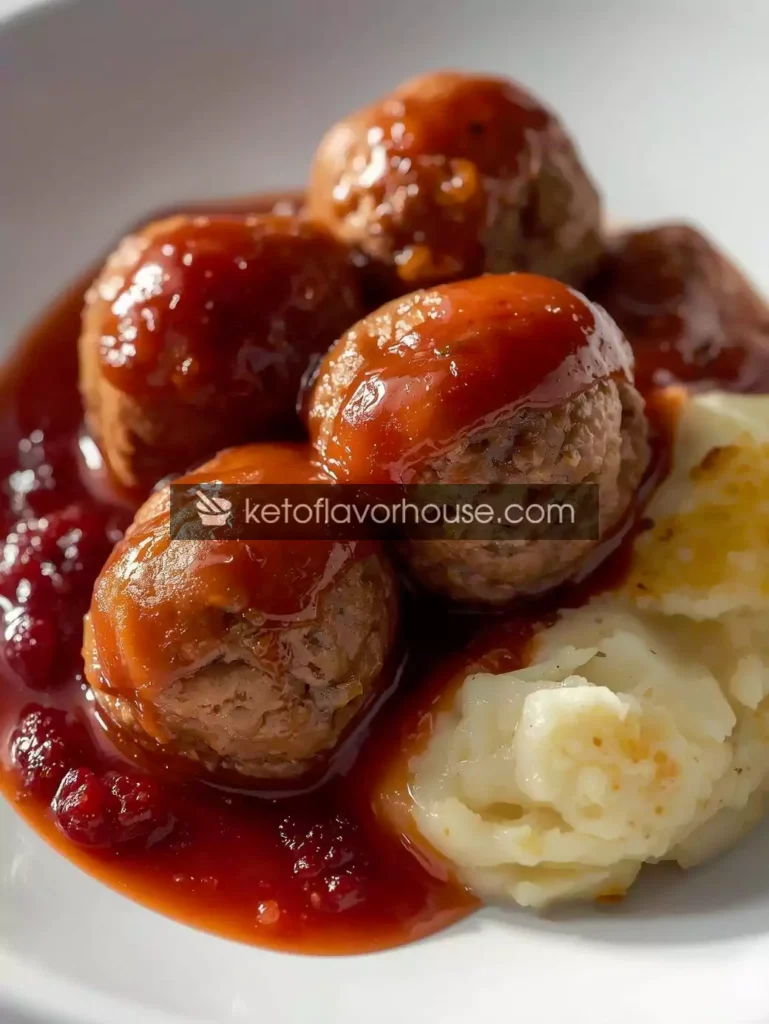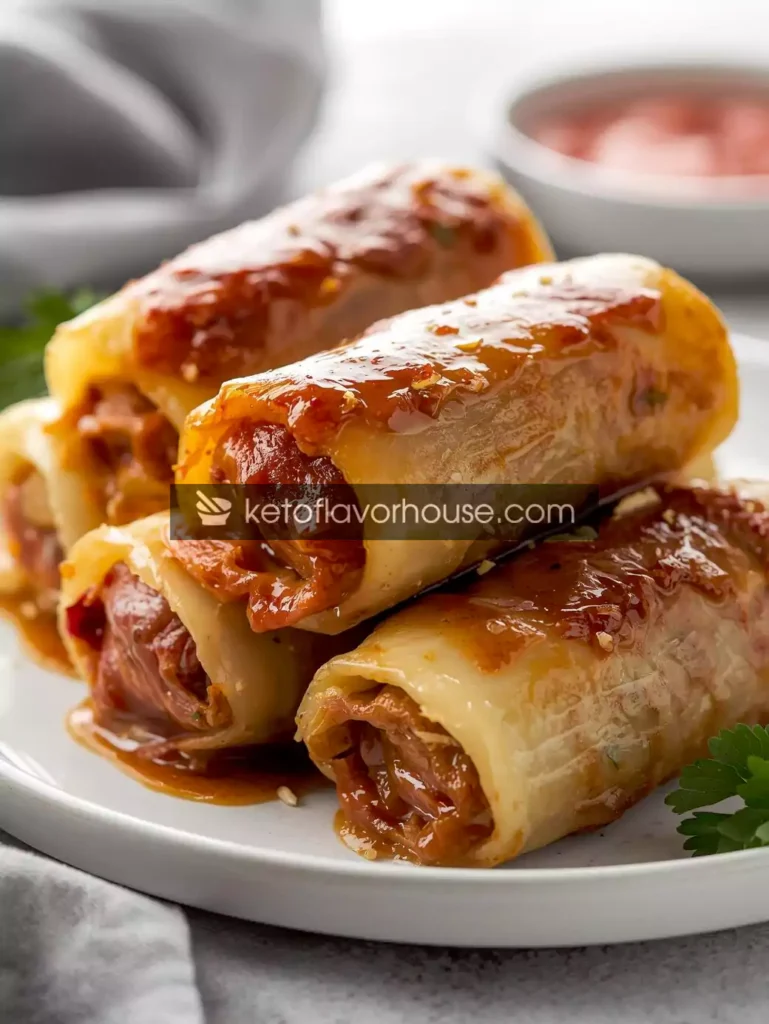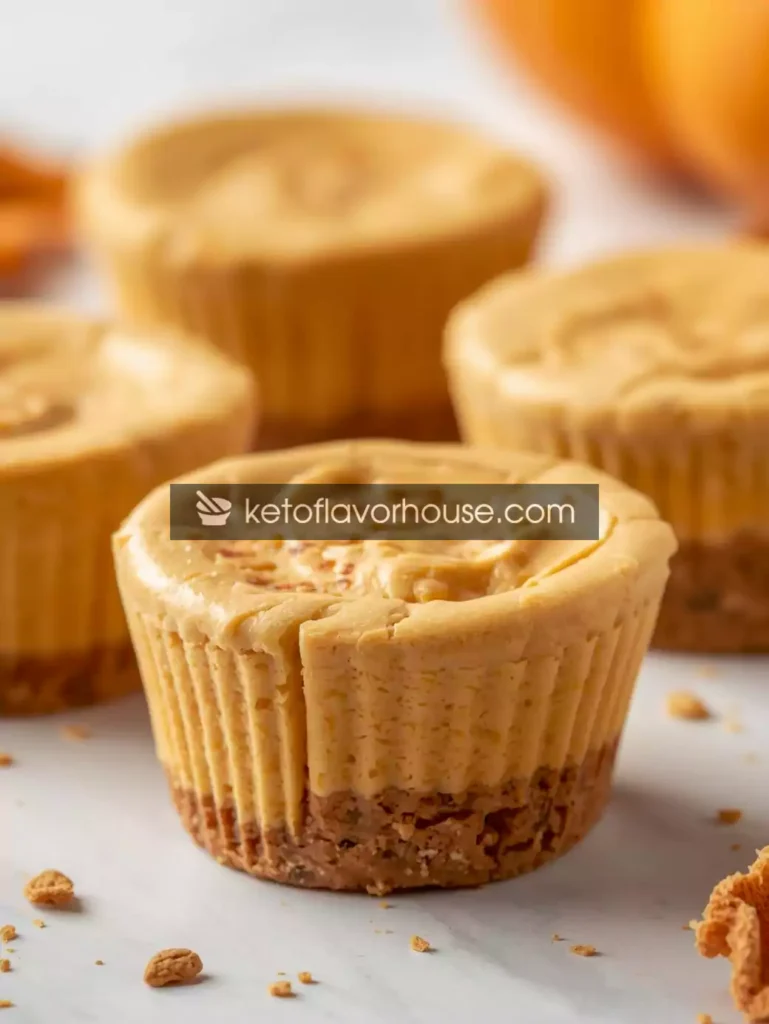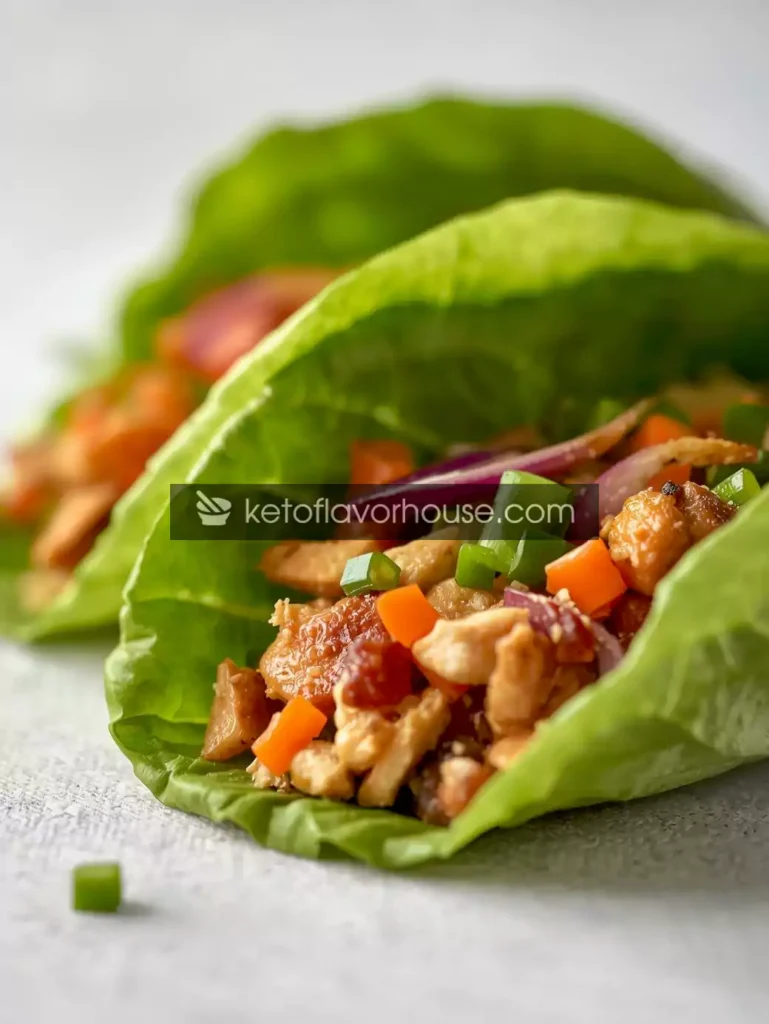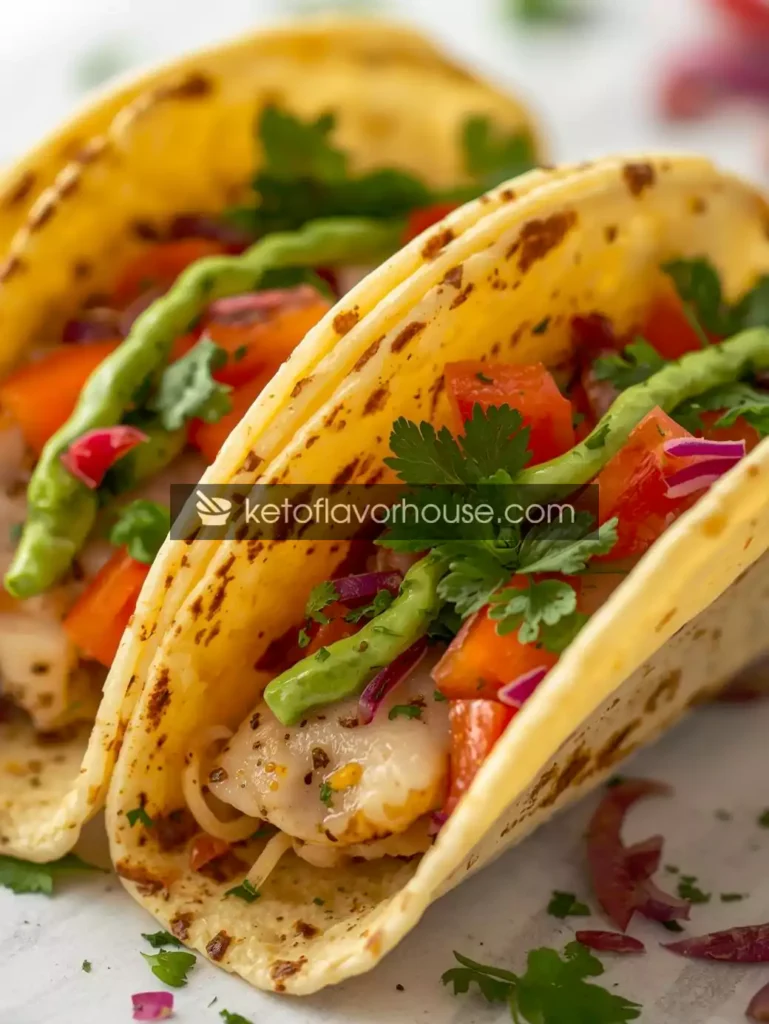This post may contains Amazon affiliate and other affiliate links. If you make a purchase through these links, I may earn a small commission at no extra cost to you. Your support helps me continue to provide quality content. I only recommend products I personally trust and believe will add value to your experience. For more details, please visit my Privacy Policy.
Introduction
The smell of ginger, cinnamon, and a whisper of molasses always takes me straight back to childhood kitchen counters — sticky fingers pressing cookie cutters into dough, a mug of something warm on the table, and the hush of a house waiting for the holidays. I missed that ritual after my bariatric surgery, so I set out to create Bariatric Gingerbread Men that bring back the nostalgia without the sugar crash, heavy carbs, or the uneasy fullness that used to follow. This no-flour, low-sugar version keeps the warm spice, the gentle chew, and the fun of decorating, while being thoughtful about protein, portions, and digestion.
This recipe is crafted specifically for people who are post-op or following a mindful bariatric route, but it’s also for anyone who wants a smarter holiday cookie — soft, spiced, satisfying, and surprisingly easy to make. Read on; I’ll walk you through what makes these cookies bariatric-friendly, how to make them perfectly soft (not crumbly), and how to tweak them for dairy-free, nut-free, or extra protein boosts.
Why You’ll Love This Recipe
- 🌿 Low-sugar & low-carb — keeps blood sugar steady and avoids dumping.
- 🍪 Soft, chewy texture — not dense or dry like many “diet” cookies.
- 💪 Protein-boosted option — helps meet post-op protein targets.
- 🕒 Quick & family friendly — ready in under 30 minutes, loved by kids and adults.
- 🎨 Decorating fun — cookie cutter seasonality without the guilt.
My Personal Experience
The first year I avoided holiday cookies entirely because everything felt like a test I wasn’t ready to take. I missed the ritual of cutting out little gingerbread people and lining them up on the tray, waiting for them to puff and brown at the edges. My early attempts at bariatric cookies were brittle and unattractive — good intentions gone dry. The breakthrough came when I committed to three rules: (1) keep the carbs low, (2) add a little protein so the cookies actually felt like a snack, and (3) accept a softer, slightly denser texture rather than chasing a crusty, flour-based bite.
When these Bariatric Gingerbread Men finally came out soft, warm, and fragrant, I wrapped a few and took them to family dinner. My partner — not on any diet at all — declared they were “just like Nana’s,” and that’s when I knew I’d done my job. These cookies gave me my childhood memory back in a form my body could handle and my doctor would smile at.
Required Equipment
Mixing Bowls
A large bowl for dry ingredients and a medium bowl for wet ingredients keeps mixing efficient and avoids overworking the dough.
Electric Mixer or Whisk
A hand mixer speeds things up and incorporates a bit of air for a lighter texture. A good whisk will work if you prefer manual tools.
Baking Sheet
A flat, rimmed baking sheet provides even heat and room for little gingerbread men to spread without touching.
Parchment Paper or Silicone Baking Mat
Essential to prevent sticking and to promote even browning without added fats.
Rolling Pin & Cookie Cutters (gingerbread men shape)
You’ll want cookie cutters sized to suit small portions — think 2.5–3 inches — since portion control matters for bariatric snacking.
Cooling Rack
Cookies firm up as they cool; a rack helps them set without steaming on the tray.
Ingredients & Substitutions
Yields about 12 small gingerbread men (ideal bariatric portioning). Exact measurements and why each ingredient matters for bariatric eating are listed below.
- 192 g (≈2 cups) blanched almond flour — Provides structure and healthy fats without wheat. Almond flour is lower in carbs and higher in protein than wheat flour, which keeps net carbs down and adds satiety.
Substitute: Use ⅓ cup coconut flour + additional egg for absorption, but reduce total quantity as coconut flour soaks up moisture quickly. - 30 g (≈¼ cup) vanilla or unflavored whey protein powder — Adds a protein boost to help meet daily targets and gives the cookies a tender crumb.
Substitute: Collagen peptides or a plant-based protein (pea) — note texture changes: collagen is less binding, pea protein can be denser. - 42 g (≈3 tbsp) unsalted butter or coconut oil, softened — Fat adds tenderness and mouthfeel, which prevents the cookies from feeling dry in small portions.
Substitute: Use 2 tbsp light cream cheese + 1 tbsp olive oil for lower saturated fat and a touch more protein. - 1 large egg (≈50 g) — Binds the dough and contributes protein and moisture; eggs are gentle and easily digested for most post-op eaters.
Substitute: 1 flax “egg” (1 tbsp ground flax + 3 tbsp warm water) for an egg-free version — expect a slightly denser texture. - 100 g erythritol or monk fruit blend (granular, about ½ cup) — Sweetness without sugar and negligible impact on blood glucose; helps replicate the classic gingerbread sweetness.
Substitute: Liquid stevia (adjust for sweetness) but reduce liquid in the dough slightly. - 1 tsp baking powder — Creates a small lift for a tender cookie.
Substitute: ¼ tsp baking soda + ½ tsp cream of tartar if baking powder is not available. - 1 tsp ground ginger, 1 tsp ground cinnamon, ¼ tsp ground cloves, ¼ tsp ground nutmeg — The spice quartet that defines gingerbread; spices add flavor without calories and create that nostalgic aromatics profile.
Substitute: Use a prepared “gingerbread spice” blend if you have it. - Pinch of salt — Balances sweetness and enhances other flavors.
- 2 tbsp unsweetened almond milk (or water) — Adjusts dough consistency; small amounts of liquid make a soft, pliable dough.
Substitute: Unsweetened skim milk or unsweetened coconut milk. - Optional: 1 tsp sugar-free “molasses” flavoring or 1 tsp blackstrap molasses — Molasses is traditional, but blackstrap has sugar; if you’re strict low-sugar, opt for sugar-free molasses flavoring (tiny amount) to mimic depth without carbs.
How to Make Bariatric Gingerbread Men
H2: How to Make Bariatric Gingerbread Men (No-Flour & Low-Sugar Cookies)
Step 1 — Prep & measure. Preheat the oven to 350°F (175°C) and line a baking sheet with parchment. Measure ingredients precisely — baking (especially low-carb baking) rewards accuracy.
Step 2 — Blend dry ingredients. Whisk the almond flour, protein powder, baking powder, salt, and spices in a bowl. This distributes leavening and spices evenly, preventing pockets of bitter cinnamon or dense flour.
Step 3 — Cream wet ingredients. In a separate bowl, beat the softened butter (or coconut oil) with the sugar substitute until slightly fluffy. Add the egg and vanilla (and sugar-free molasses flavoring, if using), beating until smooth.
Step 4 — Combine & form dough. Stir the dry ingredients into the wet, adding almond milk a teaspoon at a time until a soft dough forms. The dough should be slightly tacky but not sticky. If it’s too wet, chill 10 minutes; if too dry, add a teaspoon more liquid.
Step 5 — Roll & cut. Place the dough between two sheets of parchment and roll to about ¼-inch thickness. Use small gingerbread men cutters (2.5–3 inches) and transfer the shapes to the baking sheet. Re-roll scraps once.
Step 6 — Bake. Bake 9–12 minutes. The edges should be set and just starting to color; centers will still be soft. Avoid overbaking to keep a tender bite.
Step 7 — Cool & decorate. Let cookies cool on the sheet for 5 minutes, then transfer to a rack. For decorating, use a sugar-free icing made from powdered erythritol and a little water or Greek yogurt for protein-rich icing — pipe gently for classic smiling faces.
Mini tip: If dough crumbles while cutting, chill it for 10–20 minutes — almond flour dough firms up nicely when cool.
Air Fryer / Oven Variants
- Oven (recommended): Even baking and control — follow the method above.
- Air Fryer: Use small cookies (1.5–2 inches), place on parchment, and air fry at 320°F (160°C) for 6–8 minutes. Watch closely — air fryers can brown edges fast.
- Stovetop / no-oven: Not ideal for cookies. You can shape small patties and pan-sear very briefly then finish in a low oven, but texture will differ.
Common Mistakes to Avoid
- Overbaking — almond-based cookies go from soft to dry quickly. Remove when centers are just set.
- Skipping chilling step — warm dough spreads and loses shape. Chill if the dough feels soft.
- Using too much coconut flour as a substitute — it absorbs liquid and can make the cookie crumbly if not adjusted.
- Heavy hands on decorating — piping too early (before cookies cool) will melt icing.
Pro Tips for Best Results
- Use blanched almond flour for a smoother, less gritty texture.
- Measure almond flour by weight if possible — it’s more consistent than cups.
- Add 1 tsp of Greek yogurt to the dough (reduces fat slightly, ups protein) if you want an extra tender crumb.
- For a child-safe version, use mini cutters and pipe faces with mixed berry puree thickened with a bit of protein powder instead of icing.
Bariatric Nutrition & Strategy
These Bariatric Gingerbread Men are designed around three principles: protein, portion control, and low net carbs.
- Protein: The blend of egg and protein powder gives each cookie an added 5–6 grams of protein (when you follow the recipe yield below), which helps with satiety and preserves lean mass — key considerations after bariatric surgery.
- Portion Control: Small cookie size keeps servings natural and prevents overeating. Bariatric patients often benefit from mindful single-serving treats that satisfy cravings without derailing nutrition.
- Low Net Carbs: Using almond flour and erythritol keeps net carbs minimal, lowering the risk of a glucose spike or dumping symptoms.
How to fit them into your day: Treat one cookie as a dessert or snack paired with a protein-rich beverage (like a small Greek yogurt or a protein shake) to round out a meal and keep hunger steady.
Variations You Can Try
- Mini Gingerbread Men: Make bite-sized cookies for lower calorie bites and portion control.
- Chocolate-Dipped: Dip half the cookie in melted sugar-free chocolate for extra indulgence.
- Spice Swap: Use cardamom and orange zest for a Scandinavian twist.
- Vegan Option: Use a flax egg and coconut oil, and choose a plant protein, though texture and protein content will differ.
Each swap nudges macros slightly — adding chocolate increases fat and calories, while the vegan swap may lower protein.
Tips for This Recipe
- Bake a test cookie or two to check timing and texture for your oven.
- Freeze dough balls on a tray, then transfer to a bag — bake from frozen adding 1–2 minutes to time.
- Keep cookie size consistent with a small cookie scoop for even baking and predictable nutrition.
Optional Additions
- Chopped toasted pecans — crunch and healthy fats (small amounts).
- Tiny sugar-free sprinkles — festive but watch additives for gut sensitivity.
- A dash of allspice or cardamom — deepens complexity with tiny calorie impact.
Serving Ideas
- Pair one cookie with a warm cup of unsweetened almond milk or a small protein latte.
- Serve two cookies on a dessert plate alongside a dollop of Greek yogurt and cinnamon for a more filling mini-dessert.
- Add to a holiday cookie platter — label them clearly so bariatric guests know they’re safe choices.
Storage Recommendations
- Fridge: Store cooled cookies in an airtight container for up to 5 days. The fridge keeps them from getting too soft.
- Freezer: Freeze cooled cookies up to 2 months; thaw at room temperature.
- Reheating: Warm a cookie for 5–7 seconds in the microwave or 3–4 minutes in a 300°F oven to refresh the texture.
Frequently Asked Questions (FAQ)
1. Can I freeze the cookies?
Yes—freeze baked cookies in a single layer, then bag them. Thaw at room temp or warm briefly to refresh.
2. Are these safe right after bariatric surgery?
Not immediately. Follow your surgeon/dietitian instructions. These are best once you’re cleared for soft/solid foods and can tolerate proteins and nut flours.
3. Can I replace almond flour with coconut flour?
You can, but use much less coconut flour (about ⅓ the almond flour volume) and add an extra egg because coconut flour soaks up moisture.
4. Do the cookies really taste like gingerbread without molasses?
Yes — with the right spice blend and a touch of sugar-free molasses flavor (or a tiny real molasses splash if tolerated), they capture that classic profile.
5. Can I use a different sweetener?
Monk fruit, erythritol, or a blend work well. Pure stevia needs careful dosing because it’s much sweeter.
6. How many can I eat?
For most bariatric plans, 1 cookie as a treat paired with protein is a sensible portion. Check your individualized plan.
7. Can kids eat them?
Absolutely — they’re a great holiday cookie for kids and adults alike, and you can decorate them to make it fun.
(Estimated values based on the ingredient quantities listed above.)
- Calories: 134 kcal
- Protein: 6.2 g
- Fat: 11.5 g
- Total Carbs: 3.9 g
- Fiber: 1.8 g
- Net Carbs: 2.1 g
- Sugar: 0.8 g
- Sodium: 14 mg
Note: These are calculated estimates to help with planning; if you need precise numbers for medical tracking, weigh your exact ingredients and recalculate using your preferred nutrition tool.
Recipe Snapshot
- Prep Time: 10 minutes
- Cook Time: 9–12 minutes
- Total Time: 25–30 minutes (including chilling & cooling)
- Course: Dessert / Snack
- Cuisine: Holiday / Bariatric-Friendly
- Servings: 12 (1 cookie per serving)
- Calories (per serving): ~134 kcal

Bariatric Gingerbread Men (No-Flour & Low-Sugar Cookies) Recipe
Ingredients
- 192 g almond flour ≈2 cups
- 30 g protein powder ≈¼ cup
- 42 g unsalted butter or coconut oil ≈3 tbsp
- 1 large egg ≈50 g
- 100 g erythritol or monk fruit blend ≈½ cup
- 1 tsp baking powder
- 1 tsp ground ginger 1 tsp cinnamon, ¼ tsp cloves, ¼ tsp nutmeg
- Pinch salt
- 2 tbsp unsweetened almond milk as needed
- Optional: 1 tsp sugar-free molasses flavoring
Instructions
- Preheat oven to 350°F (175°C). Line baking sheet.
- Whisk dry ingredients (almond flour, protein powder, spices, baking powder, salt).
- Beat butter and sweetener until fluffy; add egg and mix.
- Combine wet & dry, add almond milk to form soft dough. Chill 10 min if sticky.
- Roll between parchment to ¼” thickness; cut with small cutters.
- Bake 9–12 minutes; cool on rack 5 minutes then transfer. Decorate if desired.


